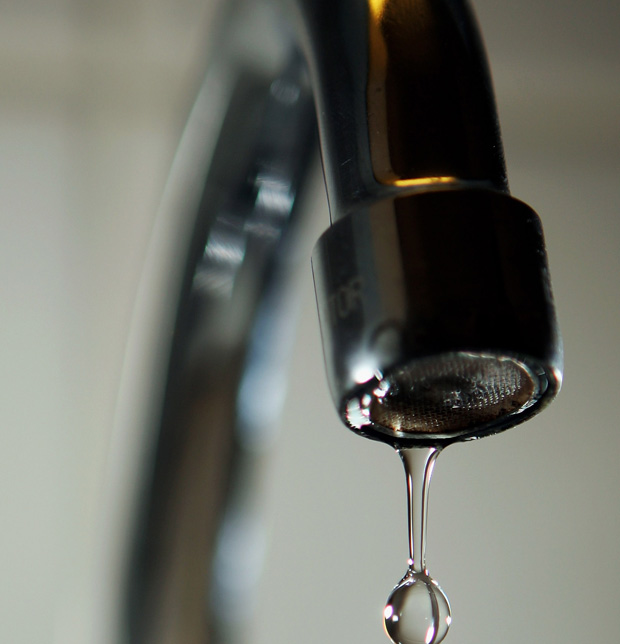From Health Canada:

Boil water advisories are public announcements advising the public that they should boil their tap water for drinking and for other uses noted below. They are preventative measures issued to protect public health from waterborne infectious agents that could be or are known to be present in drinking water. Boil water advisories are issued by either the local public health unit or other responsible authority, or by the water utility.
Is it necessary to boil all water in the home during an advisory or order?
During boil water advisories, you should boil all water used for drinking, preparing food , beverages, ice cubes, washing fruits and vegetables, or brushing teeth. Severely immunocompromised individuals should always boil their tap water for the purposes noted above. Infant formulas should be prepared using boiled tapwater, at all times. In the event that boiling is not practical, your local public health authority or other responsible authority may direct you to disinfect the water using household bleach, or to use an alternative supply known to be safe.
It is not necessary to boil tap water used for other household purposes, such as showering, laundry, bathing, or washing dishes. Adults, teens, and older children can wash, bathe, or shower; however, they should avoid swallowing the water. Toddlers and infants should be sponge bathed.
How should tap water be boiled properly?
Water should be placed in a heat-resistant container or in an electric kettle without an automatic shut-off and brought to a rolling boil for 1 minute to kill all disease-causing organisms. Water can also be boiled in a microwave oven using a microwave-safe container, but it is advisable to include a glass rod or wooden or plastic stir stick in the container to prevent the formation of superheated water (water heated above its boiling point, without the formation of steam). The water should then be cooled and poured into a clean container or refrigerated until you are ready to use it. At elevations over 2,000 metres water boils at a slightly lower temperature and should therefore be boiled for at least two minutes to kill all disease-causing organisms.
I have a water treatment device, do I still need to boil my drinking water?
If the device is designed to improve the taste and odour or chemical quality of the water, such as activated carbon filters, it is still necessary to boil the water. Devices designed to disinfect the water, such as a UV light units, may be used as an alternative to boiling. If the water is cloudy, filtration may be required before disinfection. Check with the manufacturer if you are not certain.
When is a boil water advisory or order lifted?
Boil water advisories or boil water orders are usually lifted by the responsible authority or water utility when the water is considered safe and no longer poses a threat to public health.
What should I do when the boil water advisory or order has been lifted?
The responsible authority or water utility will provide instructions on flushing water pipes within the home. It is important to carefully follow the instructions provided. Water heaters may need to be disinfected and flushed to remove any contaminated water. Some types of water treatment devices may need to be disinfected or replaced before being used. Check with the manufacturer for details.
- Suspect in killing of temple leader Hardeep Singh Nijjar got student visa in ‘days’
- Panera to remove ‘Charged Sips’ drink from Canada amid wrongful death lawsuits
- ‘Summer of discontent’ coming over public service in-office order: unions
- AstraZeneca says it’s withdrawing COVID vaccine amid low demand




Comments